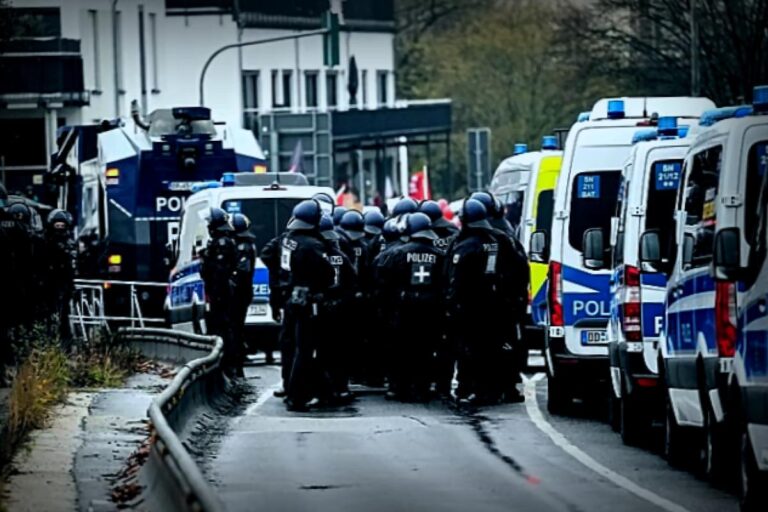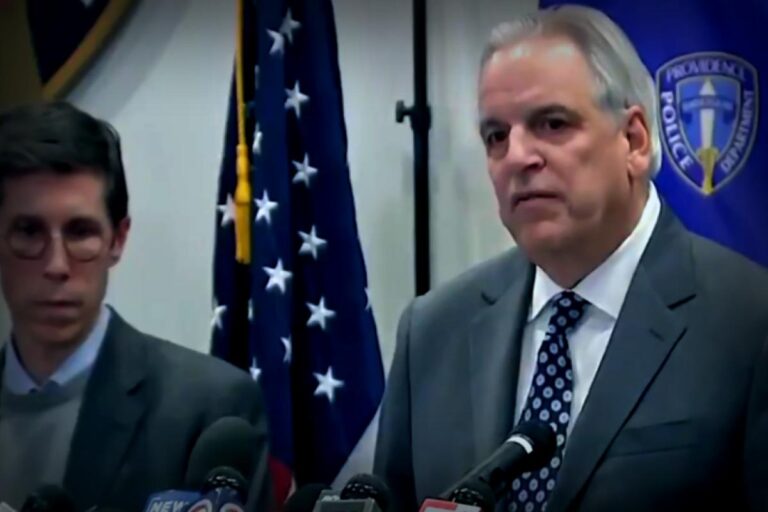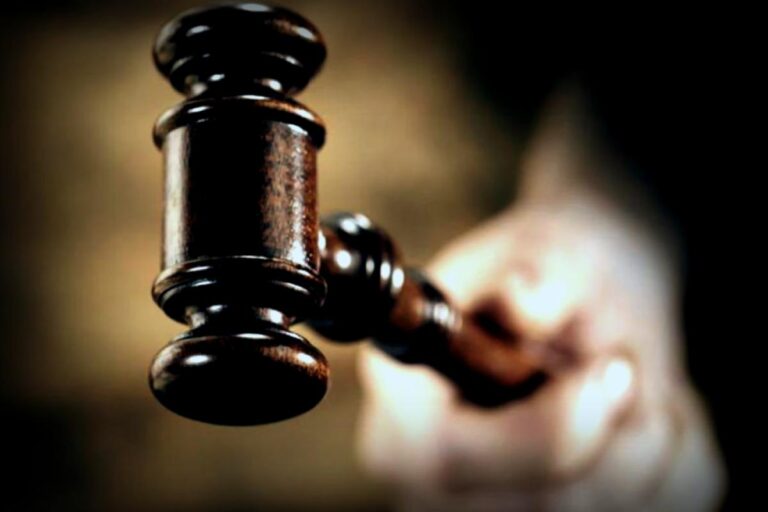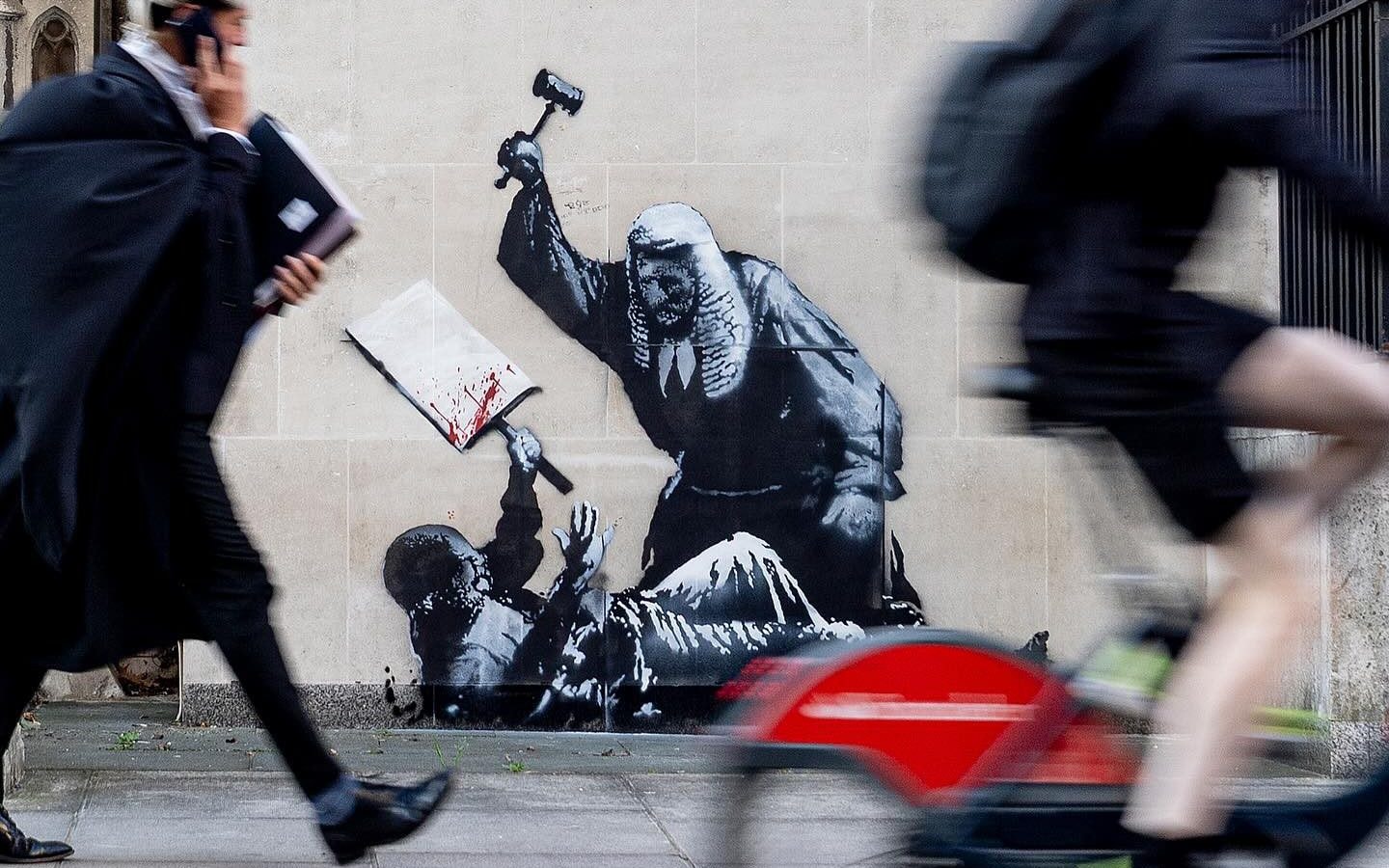
Banksy is once again making headlines, and this time it could lead to the reveal of his identity. A fresh artwork has been put under the microscope as the Metropolitan Police investigates it for possible “criminal damage.” The piece features a judge, gavel in hand, ready to strike a protester.
The graffiti emerged at the Royal Courts of Justice on Monday. The sight of a judge poised to bring down the gavel upon a protester adds a new layer to the ongoing dialogues in the city.
According to the authorities, if Banksy is linked to the alleged damage and faces court proceedings, he might finally have to step into the light and officially disclose who he really is.
The observer might notice the protestor in the painting holds a sign splattered with red paint, evoking imagery of blood. Clearly, this artwork packs a punch.
HM Courts and Tribunals Service (HMCTS) has stated intentions to remove the mural, emphasizing that, as a Grade I-listed building, the Royal Courts of Justice must uphold its historic character.
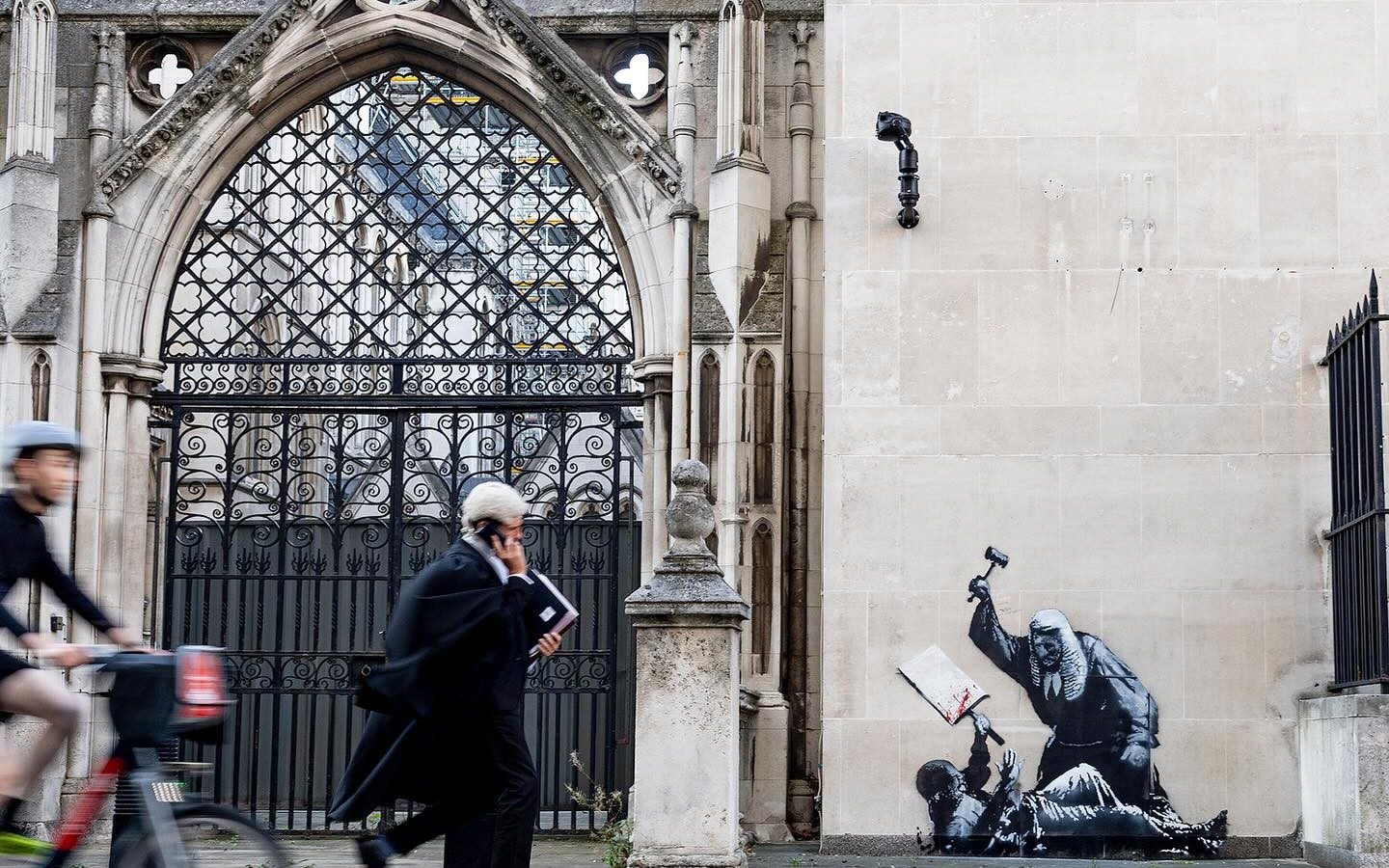
Words from Defend Our Juries, a group organizing rallies bolstering Palestine Action, describe this art piece as an embodiment of the group’s struggles. A spokesperson for them stated, “Banksy’s mural unveils the aggression brought down upon protesters through the banning of Palestine Action by Yvette Cooper.” They urged those moved by this artwork to become part of their forthcoming events.
This eye-catching piece came out just two days after nearly 890 arrests were made during the latest demonstration against the banning of Palestine Action in Westminster, which ratchets up the tension surrounding this controversy.
Placed directly underneath a surveillance camera, the graffiti at the Royal Courts of Justice sits safely guarded by security personnel since its discovery, now draped with black sheeting and fortifications.

A representative from the Metropolitan Police commented, “On Monday, September 8, we received notifications regarding an act of criminal damage at the Royal Courts of Justice, and investigations are currently in progress.” A reminder of the law: criminal damage could incur penalties up to 10 years in prison if the destruction exceeds £5,000. Otherwise, lesser charges incur shorter sentences.
For over 25 years, speculations about Banksy’s anonymity haven’t let up, and this instance is no different. His previous urban commentaries made ripples last summer when he orchestrated an ‘animal-themed’ series, drawing considerable public attention.
Amidst all this scrutiny, the police upgraded the tape of Banksy’s ongoing discussion around freedom of expression: last July, Palestine Action was officially designated as a banned organization after reports emerged of its supporters vandalizing military aircraft. Following those events, five individuals are presently facing terrorism-related charges.
The legal dial keeps turning; soon, a judicial review will unfold examining the ban’s legitimacy, with the potential for lifting the proscription entirely. For now, Banksy remains quiet.
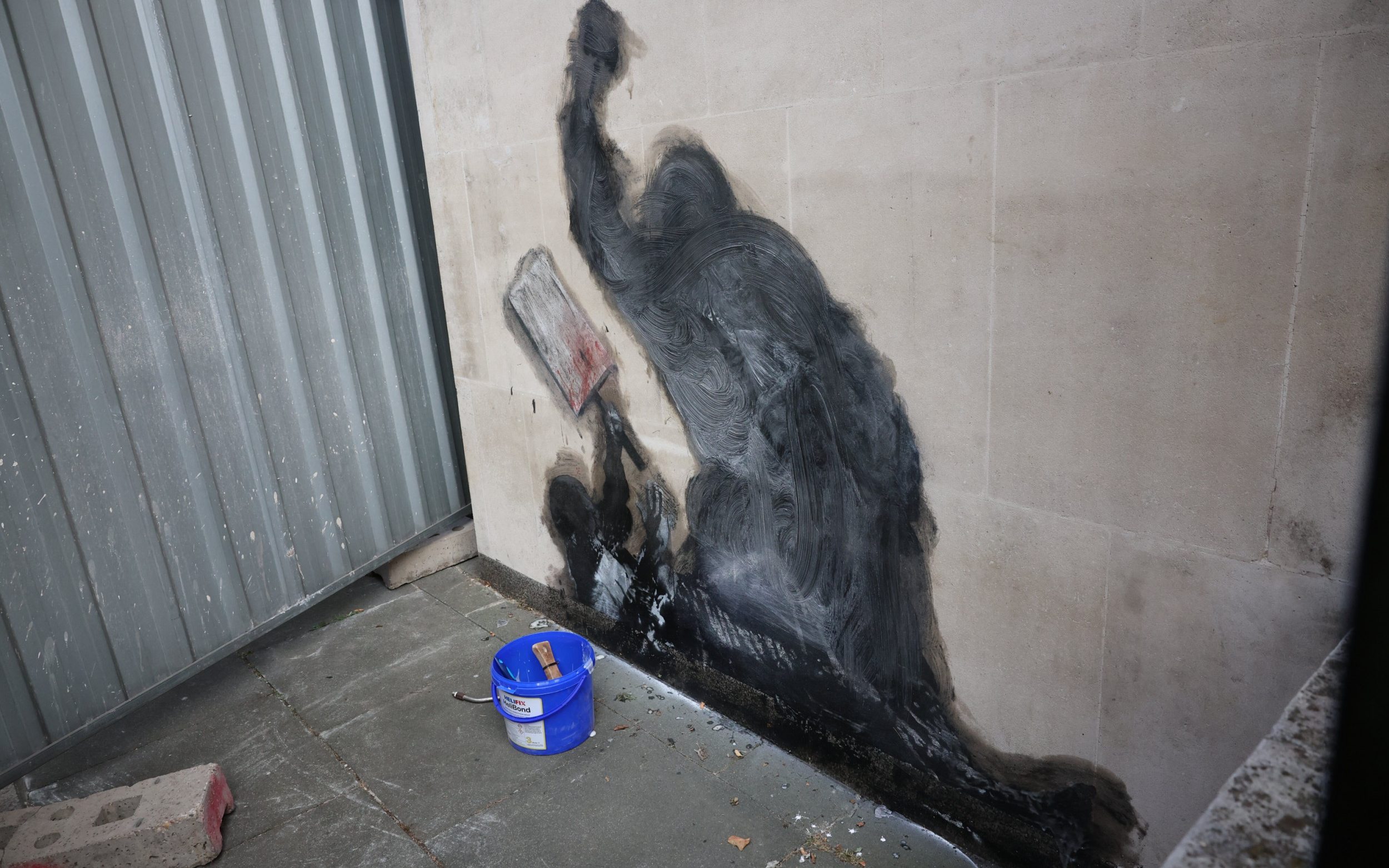
As more unfolds, all eyes will remain fixed on this narrative.







